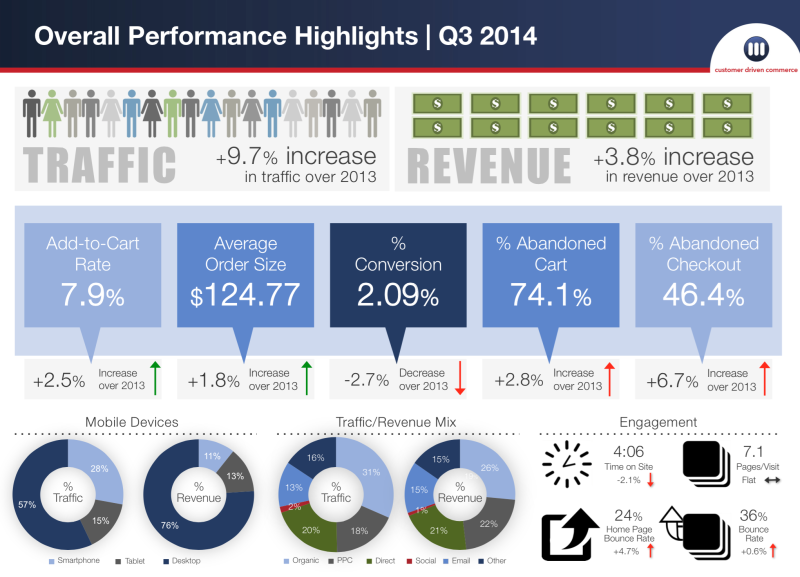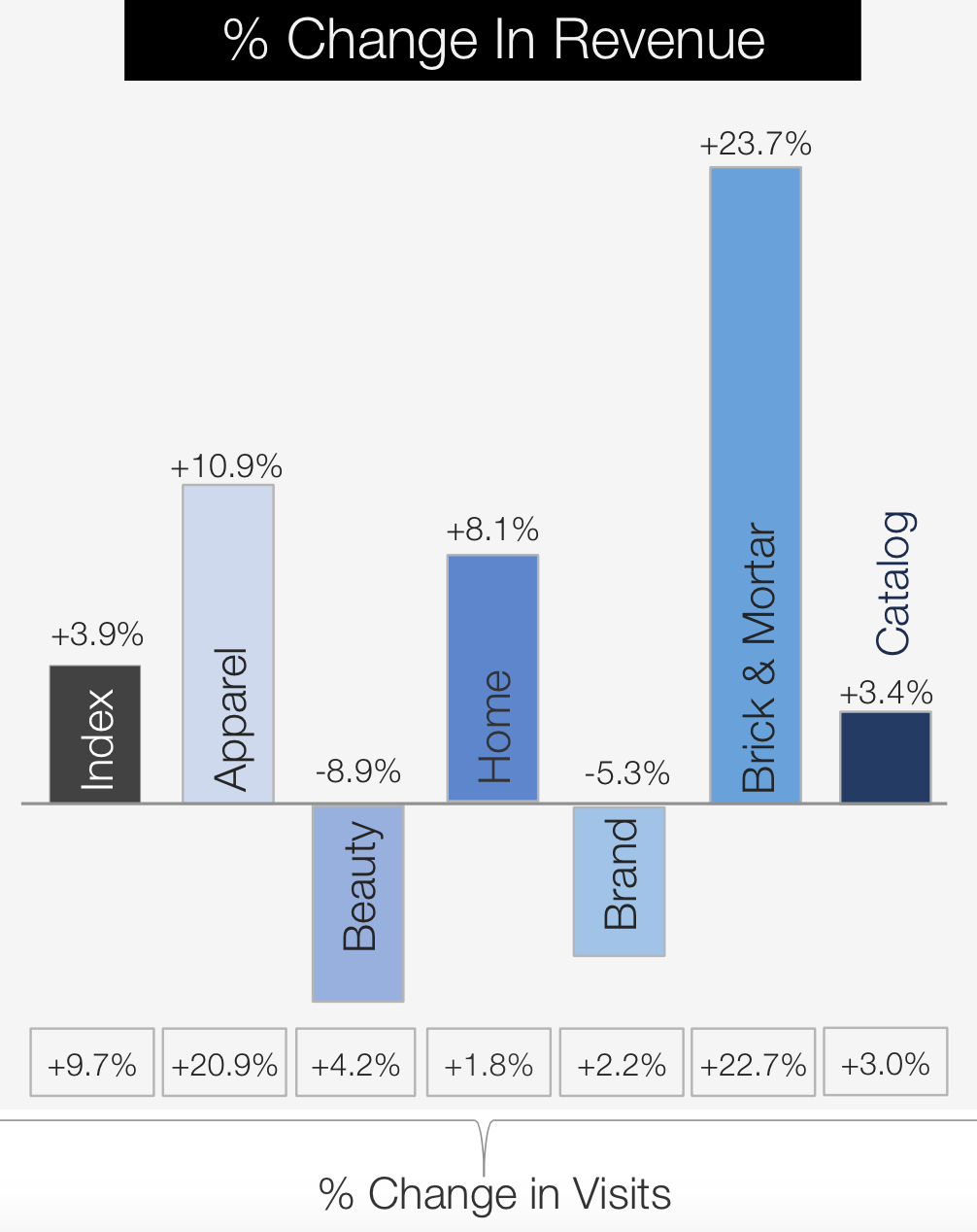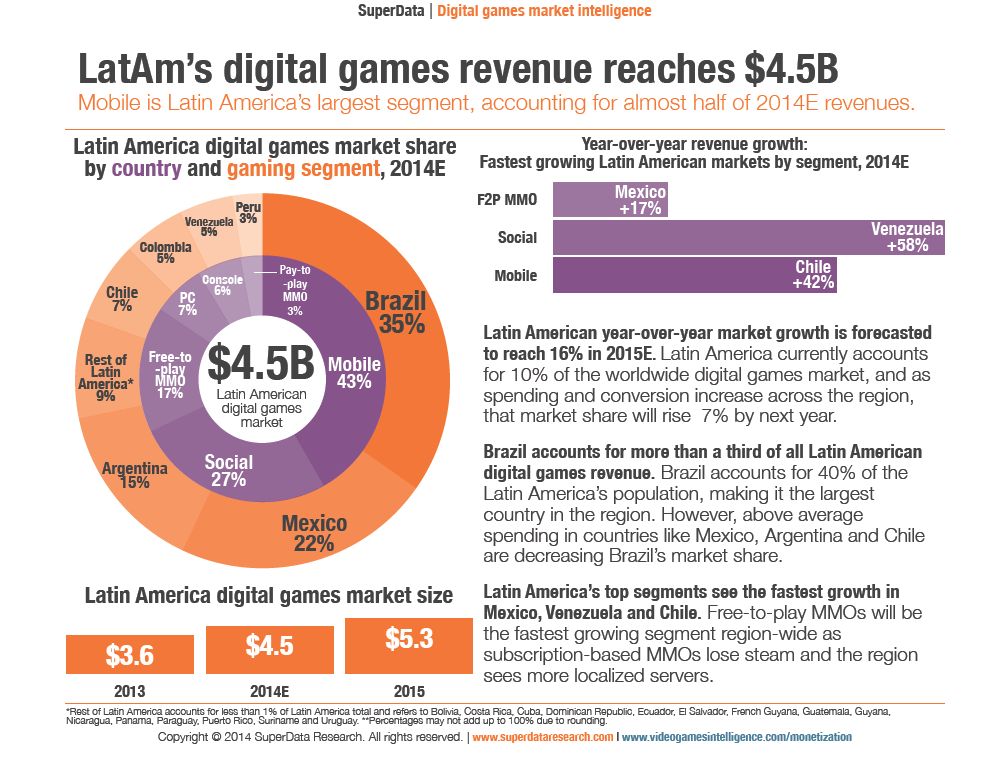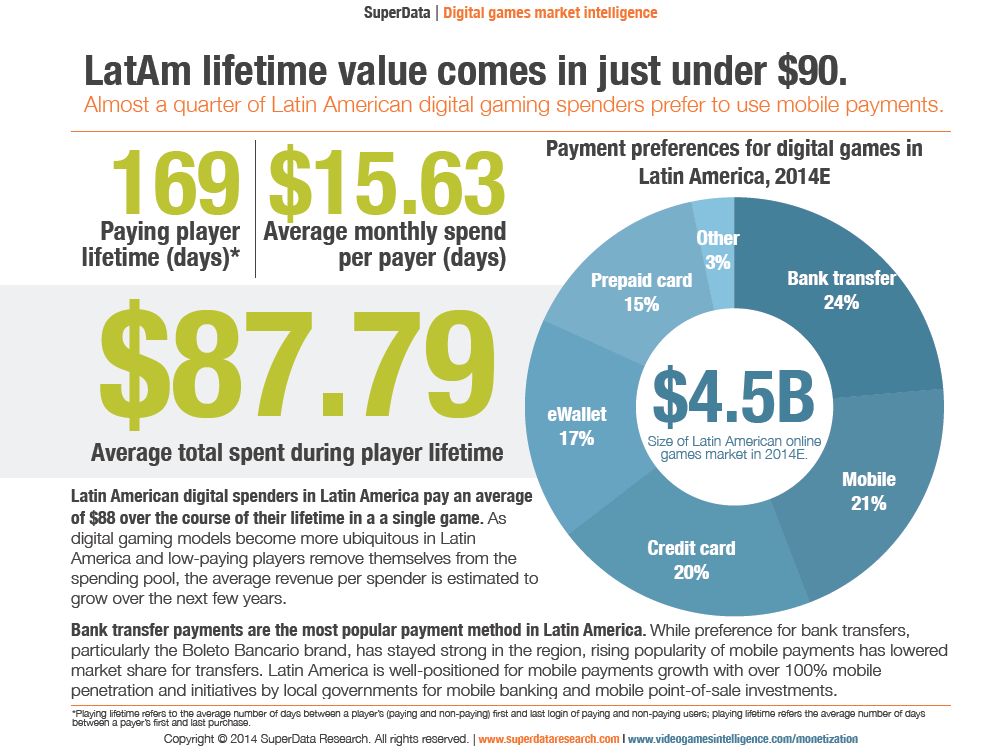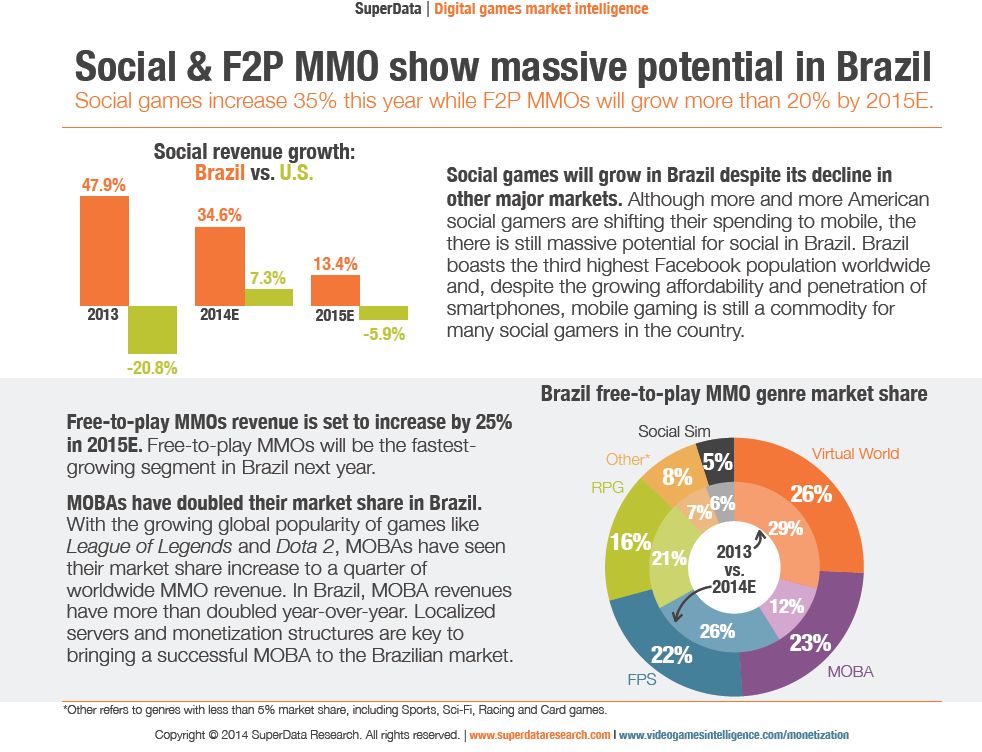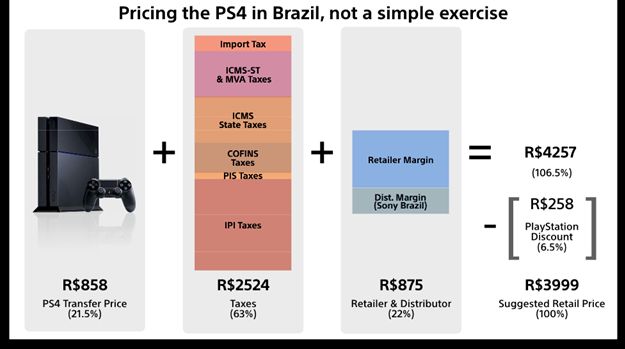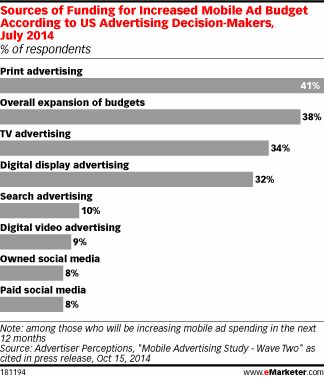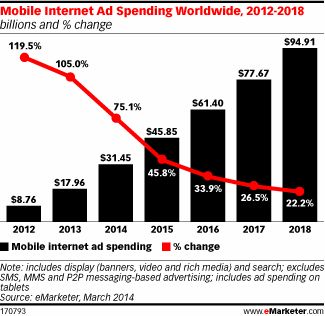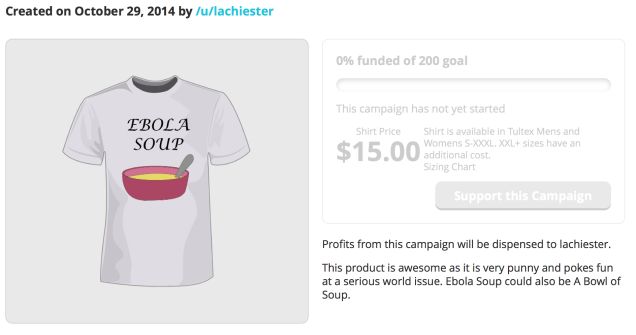The third quarter of this year, ended September 30th, was a good one for many game companies, but there were mixed results for some. We’ll be updating this with more earnings information as it’s released.
Electronic Arts
Electronic Arts reported earnings for the quarter ended September 30, with net non-GAAP revenue of $1.22 billion and income of $232 million. GAAP revenue was $990 million, with income of $3 million. The non-GAAP revenue was up from $1.04 billion for the same quarter last year, with income up from $105 million last year. The change in GAAP numbers was dramatic, with net revenue up from $695 million last year and net income up from a $273 million dollar loss last year.
“By emphasizing player engagement and our digital live services, we’ve grown revenue, expanded gross margins and delivered EPS well above prior year and our guidance,” said Chief Financial Officer Blake Jorgensen. “We are raising our annual non-GAAP net revenue guidance by $75 million to$4.175 billion and annual non-GAAP diluted EPS by $0.20 to $2.05.” The company also noted it is the #1 publisher on PS4 and Xbox One in the Western world, and that players of EA games on consoles and PCs logged 1.9 billion hours of play in the quarter.
EA’s performance continues to impress investors, as the share price continues to climb. The race with Activision to be the top game publisher in North America is getting very close indeed, and the quarter coming up will determine if EA is able to take back the lead it held years ago.
Sony
Sony overall had a difficult quarter, recording revenue of $17.445 billion and a loss of $1.247 billion, both of which are greater than the same quarter last year. The loss was primarily due to the Mobile & Communications business, which lost $1.615 million; most of Sony’s other divisions made money, with the Game division revenues up by more than 80 percent.
Sony sold 3.3 more million PS4 consoles during the second fiscal quarter, bringing its worldwide total to over 13 million units. Meanwhile, the portable division suffered, with the PS Vita, PSP and PS TV selling a combined total of only 700,000 units – a 100,000 unit decrease from the previous quarter.
While the PlayStation 4 continues to thrive, the company’s recent 2.00 firmware update has been met with criticism, particularly with its change to the system’s stand-by service. In addition, one of the company’s bigger releases, DriveClub, continues to have problems on the online front, with the PlayStation Plus version delayed indefinitely. At least PlayStation Plus is thriving, with the service now counting 7.9 million subscribers.
TakeTwo
Take-Two Interactive had a terrible quarter compared to the same quarter last year, when the company launched Grand Theft Auto V. The publisher saw non-GAAP revenue of $135.4 million, down almost 90 percent from the previous year’s quarter with $1.27 billion. The non-GAAP revenue difference was much less, with $126.3 million in revenue this year compared to $148.8 million in the same quarter last year. The company lost $48.5 million under GAAP, and $30.815 million under non-GAAP measures. Still, TakeTwo professed to be happy with its results.
“Our second quarter results exceeded expectations, driven by strong catalog sales and continued growth in digitally-delivered revenue from recurrent consumer spending,” Take-Two chairman and CEO Strauss Zelnick said. “With the successful launches of NBA 2K15, Borderlands: The Pre-Sequel, Sid Meier’s Civilization: Beyond Earth and WWE 2K15, our third quarter and holiday season is off to a great start, and there is tremendous anticipation for our upcoming releases, including Grand Theft Auto V for PlayStation 4, Xbox One and PC, as well as Evolve – the only title in history to win Game of Show honors at both E3 and Gamescom in the same year.”
The company has been faring better since launching an Evolve open alpha on Xbox One, and is considerably bumping up the hype behind Grand Theft Auto V‘s next-gen release, complete with the promise to transfer over previous assets from the Xbox 360 and PlayStation 3 versions of the game to the newer ones. Grand Theft Auto V is set to launch November 18th for Xbox One and PlayStation 4, and early next year for PC.
Ubisoft
Ubisoft reported $156.5 million revenue for the second quarter of the fiscal year, down 43 percent from the previous year’s $275.5 million for the same quarter. This still beat Ubisoft’s guidance, and Ubisoft boasted that the combined last two quarters (the first half of Ubisoft’s fiscal year) was up more than 65 percent over the previous year, to $611.2 million, with income of $30.31 million.
Ubisoft specifically pointed to its continued success of new IP Watch Dogs, which has now shipped over 9 million units. Additionally, the publisher cited a “firm back catalog” that generated $142.3 million, thanks to games like Assassin’s Creed Black Flag, South Park: The Stick of Truth, Far Cry 3 and Rayman Legends. It’s also important to note that Ubisoft’s digital segment revenues increased 90.4% to $168.6 million (27.8 percent of total sales) – this was driven by digital distribution, DLC and in-game items and mobile titles.
Ubisoft CEO Yves Guillemot remarked, “Our performance in the first half of the fiscal year has strengthened our confidence that we will reach our annual targets. It demonstrates that our strategy of creating strong brands and investing in digital is paying off. This strategy is underpinned by a creative force of an unrivalled scale as well as constantly enhanced execution. It has positioned us at the forefront of the new console cycle and will be a determining factor in creating value for our shareholders in the short, medium and long term. We also are standing by our target for 2015-16.”
The publisher is counting on a big third quarter, driven by titles like Assassin’s Creed Unity, Assassin’s Creed Rogue, Far Cry 4, Just Dance 2015 and The Crew. Ubisoft’s guidance calls for Q3 sales around $913.5 million (which would be up by 40 percent over last year) and the company expects its non-IFRS operating income to amount to at least $250 million for full-year 2015-16.
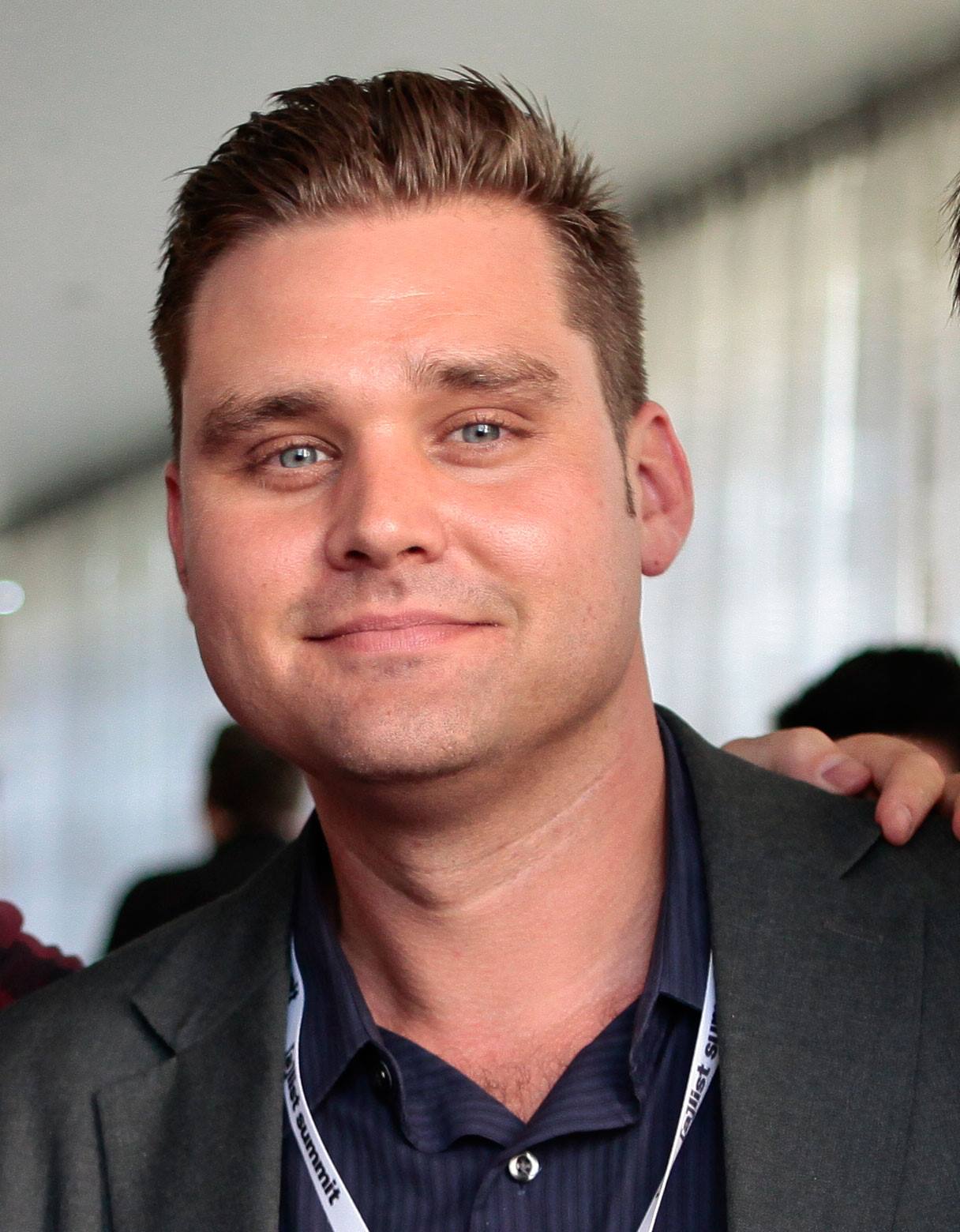 Brian Foster, Talent Group Director, ION
Brian Foster, Talent Group Director, ION

